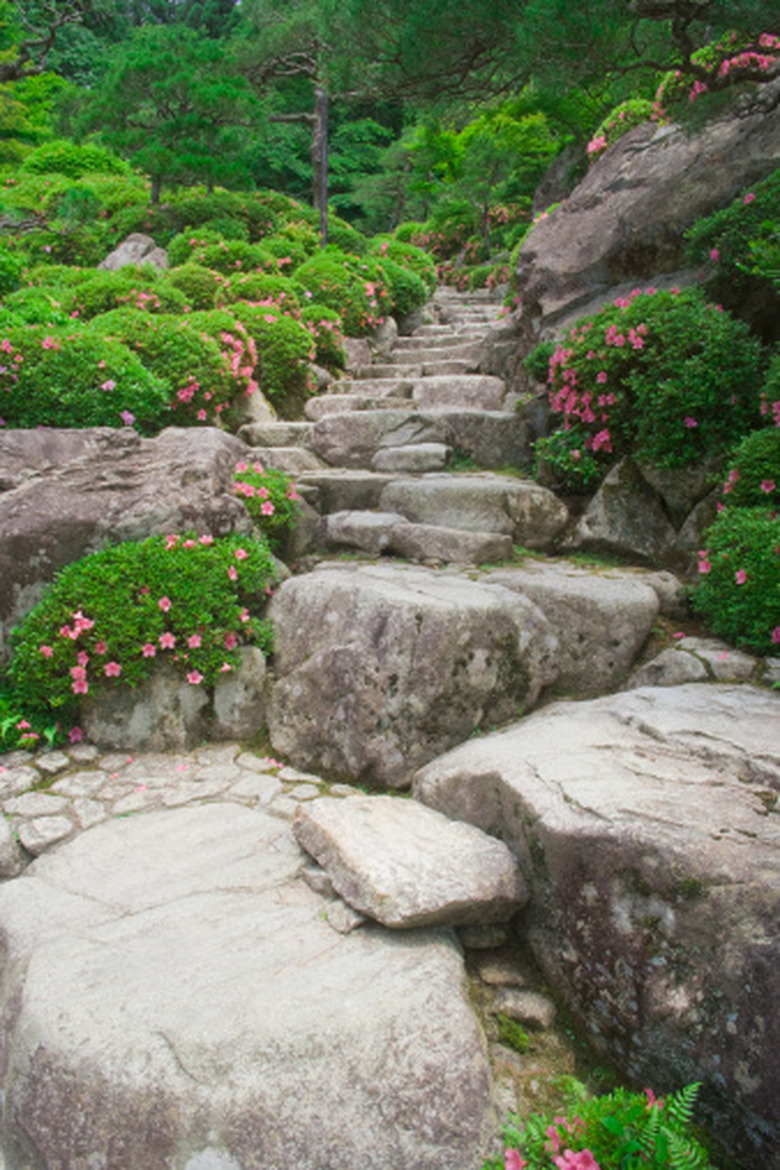Acids & Bases In Fertilizers
Many beginning gardeners wonder about the acids and bases in fertilizers. whether they should purchase an acid fertilizer, a basic one, or a neutral one. Making the decision starts with soil testing to determine the existing pH of the soil.
Types
Fertilizers can be found in most garden centers that have a high proportion of acids, such as cottonseed, or a high proportion of nitrogen, or of bases, such as lime. Such fertilizers provide a convenient way to amend an undesirable soil pH. Whether soil needs to be amended to correct its prevailing pH depends on a variety of factors, including the plants to be grown.
Plant Needs
Whether to use an acid, basic, or more neutral fertilizer depends on what the plants being fed need. Some plants require a highly or slightly acidic soil to thrive; these so-called "acid-loving plants" include blueberries, azaleas, camellias, and most evergreens. In circumstances where the existing soil pH is too high, using a fertilizer that acidifies the soil is important. Other plants do best in alkaline soil. This group includes lilacs, barberry, and mock orange. Such plants may require a fertilizer rich in bases if the existing soil is too acidic. Most plants thrive in neutral soil. To accommodate most garden shrubs, annuals, and perennials, either acids or bases must be added to soil to amend an alkaline or acidic soil.
- Many beginning gardeners wonder about the acids and bases in fertilizers.
- Whether to use an acid, basic, or more neutral fertilizer depends on what the plants being fed need.
Use of Acidic or Basic Fertilizer
Use of acidic and basic fertilizers should not be indiscriminate. Initial application should be followed up with additional soil testing after a couple of weeks to see if the pH has been successfully amended. If not, more of the acidic or basic fertilizer should be applied, provided it's not an inappropriate time to fertilize, such as early fall. If the soil has the desired pH, gardeners should switch to a normal fertilizer.
